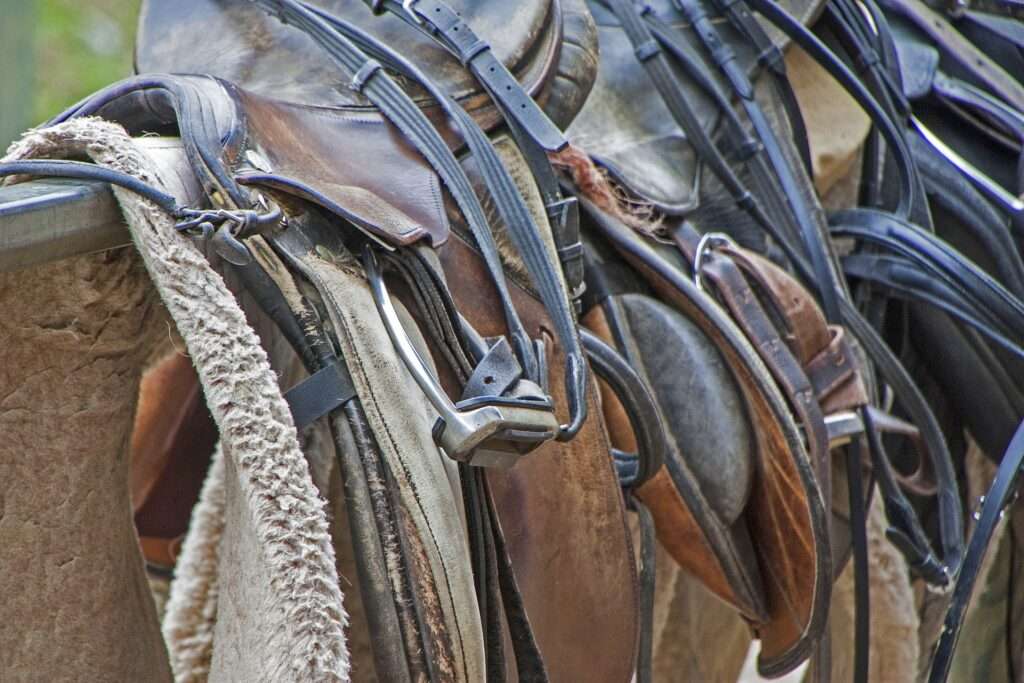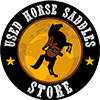Safety Tips: Ensuring Your Used Saddle is Safe for Riding
When it comes to horse riding, safety is paramount. If you’ve recently purchased a used saddle among the various horse saddles for sale, it’s essential to ensure that it’s safe for both you and your horse. In this guide, we’ll provide you with valuable safety tips to help you evaluate the condition and safety of your used saddle.
Thorough Inspection:
Begin by conducting a thorough visual inspection of your used saddle. Check for any visible signs of damage, wear, or defects. Look closely at the leather, stitching, and hardware, including buckles, D-rings, and stirrup bars. Any cracks, tears, or loose components should be addressed immediately.
Assess the Tree:
The saddle’s tree is its rigid core structure that provides stability and support. Ensure that the tree is intact and free from any cracks, warping, or damage. A damaged tree can compromise the saddle’s structural integrity and pose a risk to both rider and horse.
Check the Girth Straps and Billets:
Inspect the girth straps and billets for wear and tear. These are essential for securing the saddle to your horse. Make sure they are securely attached, and there are no signs of stretching or fraying that could lead to unexpected saddle slippage.

Evaluate the Stirrup Leathers and Irons:
Examine the stirrup leathers for signs of excessive wear or stretching. Also, check the stirrup irons for any damage or rust. Damaged stirrup leathers or irons can lead to safety hazards, including the risk of falling while riding.
Confirm Proper Saddle Fit:
A saddle that doesn’t fit correctly can cause discomfort for your horse and make riding unsafe. Ensure that the saddle fits your horse’s back correctly and provides ample clearance over the withers. It should distribute your weight evenly and allow your horse to move freely.
Have the Saddle Professionally Checked:
Consider having your used saddle inspected by a professional saddle fitter or an experienced equestrian. They can assess the saddle’s fit, balance, and overall condition, providing valuable insights and recommendations for safety improvements.
Regular Maintenance:
Maintain your saddle regularly to extend its lifespan and ensure safety. Clean and condition the leather as needed to prevent cracking and dryness. Check for loose stitching and tighten it promptly. Keep an eye on the saddle’s overall condition and address any issues promptly.
Follow Safety Guidelines:
Always adhere to safety guidelines and best practices when riding, regardless of whether your saddle is new or used. This includes wearing appropriate safety gear, using correct mounting and dismounting techniques, and following safe riding habits.
Reevaluate After Accidents or Falls:
If you or your horse experience an accident or fall while using the saddle, it’s crucial to reevaluate its safety. Even if there are no visible signs of damage, the impact can affect the saddle’s integrity. Have it professionally inspected if necessary.
Consider the Age and History:
The age and history of your used saddle can impact its safety. Saddles that have seen extensive use over many years may have more wear and tear. Be mindful of the saddle’s history and how it might affect its safety.
By following these safety tips and regularly maintaining your used saddle, you can enjoy peace of mind while riding, knowing that you’ve taken the necessary steps to ensure both your safety and the well-being of your horse. Riding should be an enjoyable experience, and a safe saddle is a crucial element of that experience.

